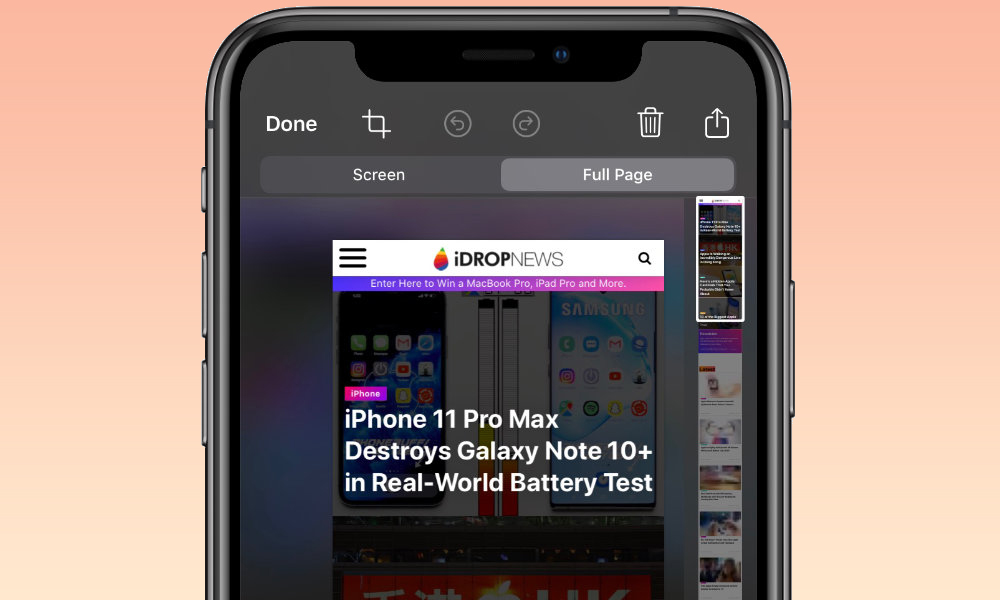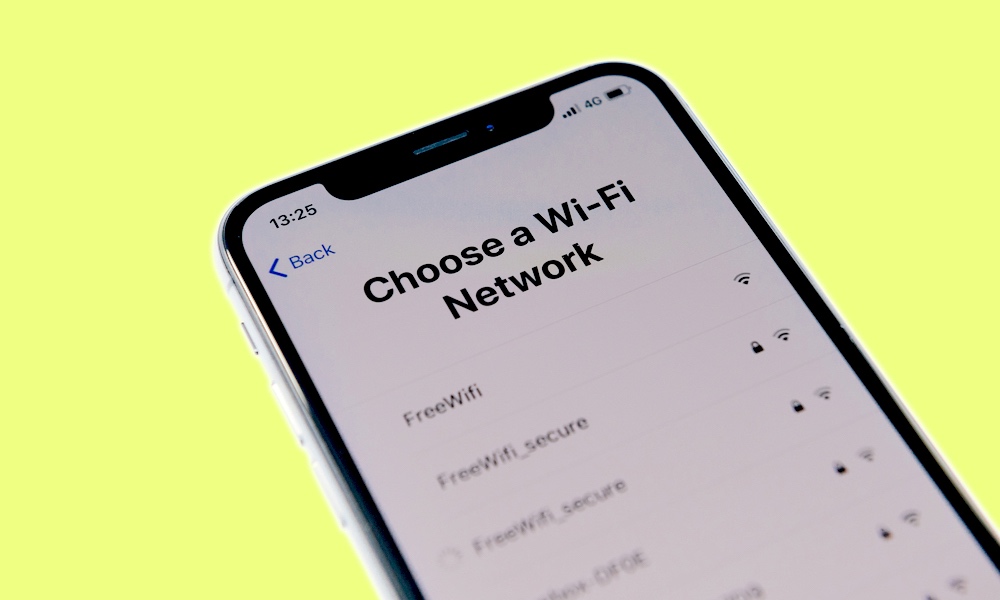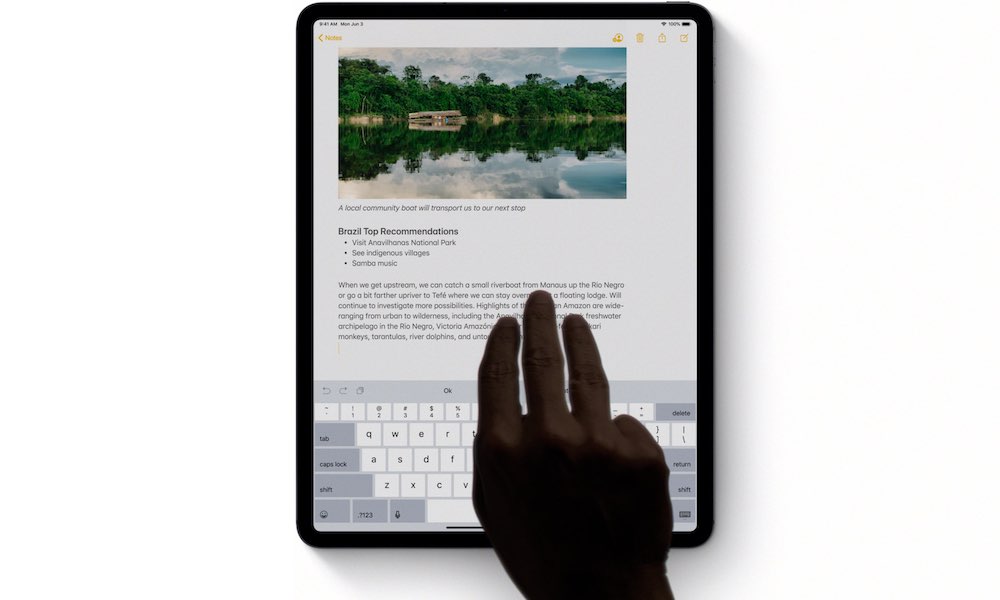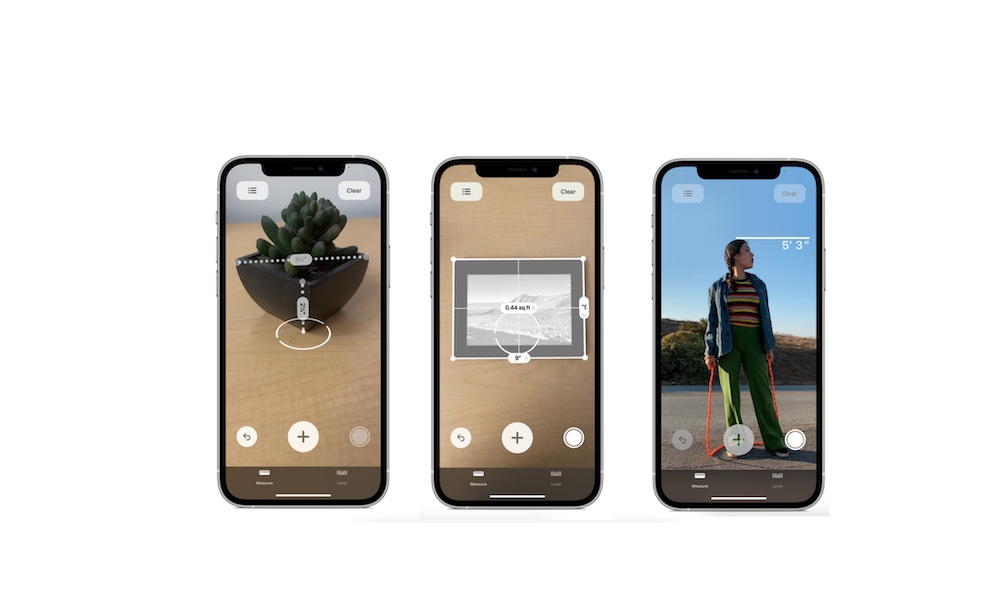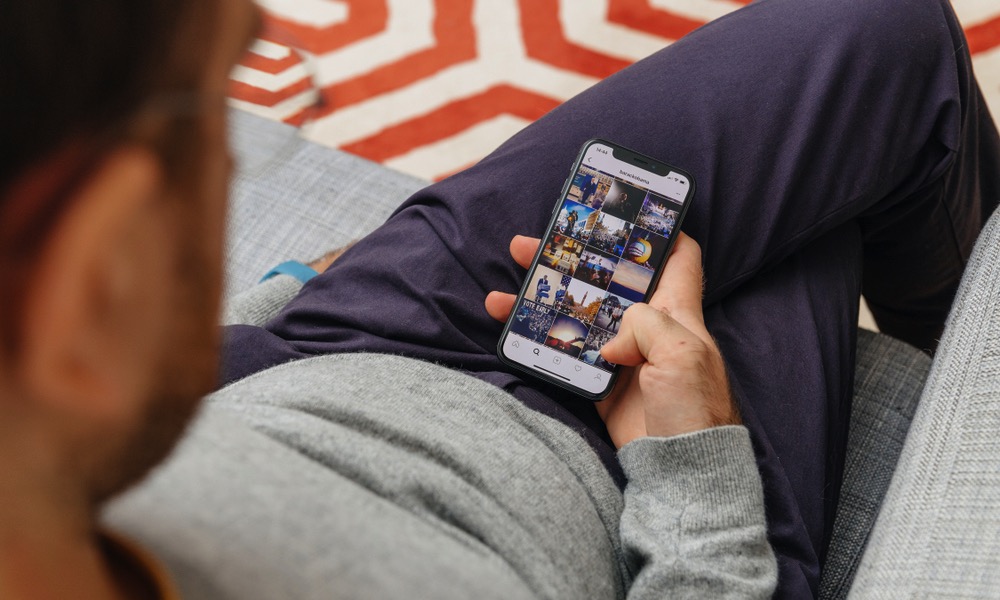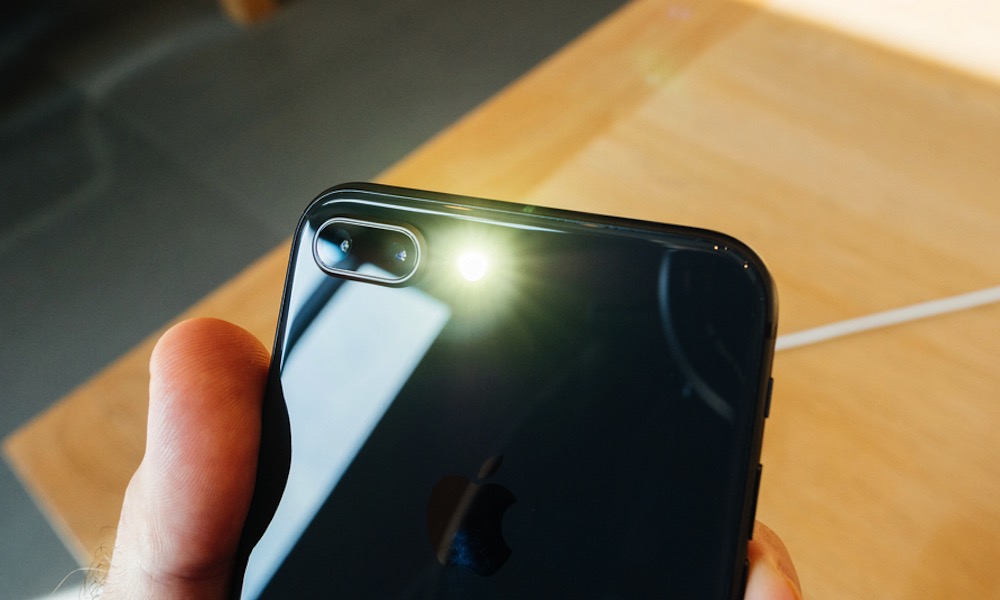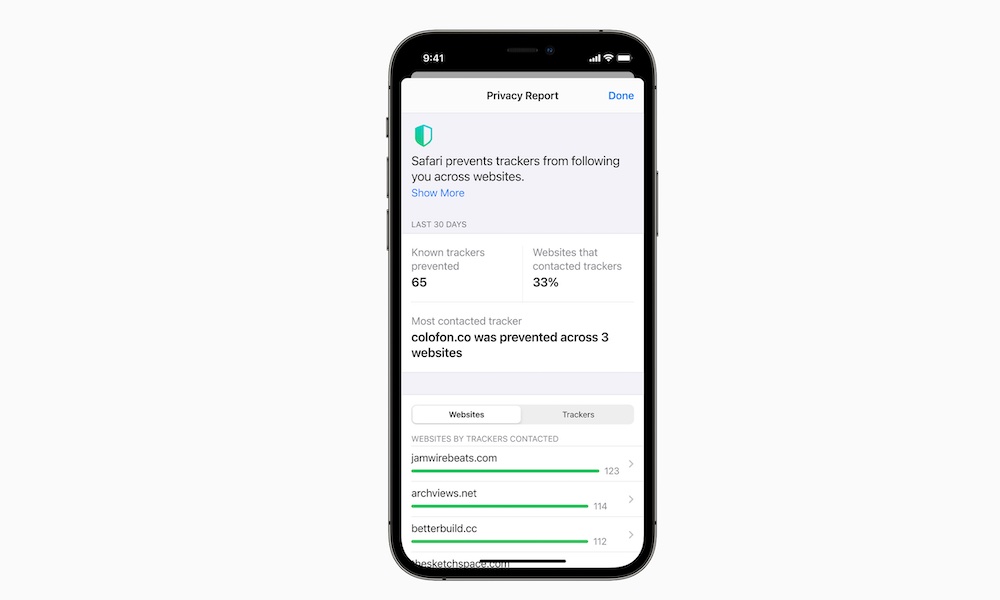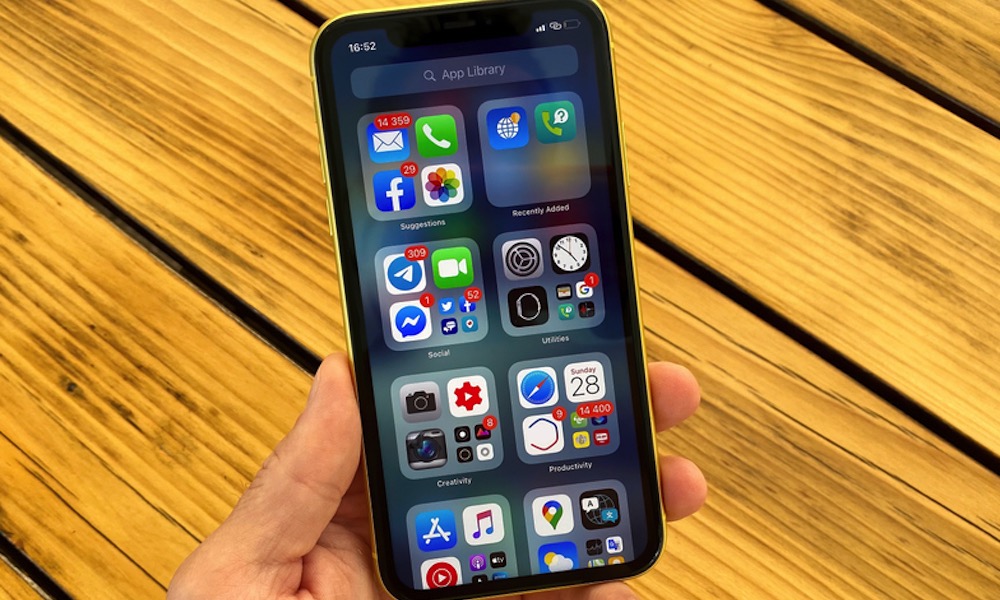10 More Hidden iPhone Tricks You’re Not Using (But Should Be)
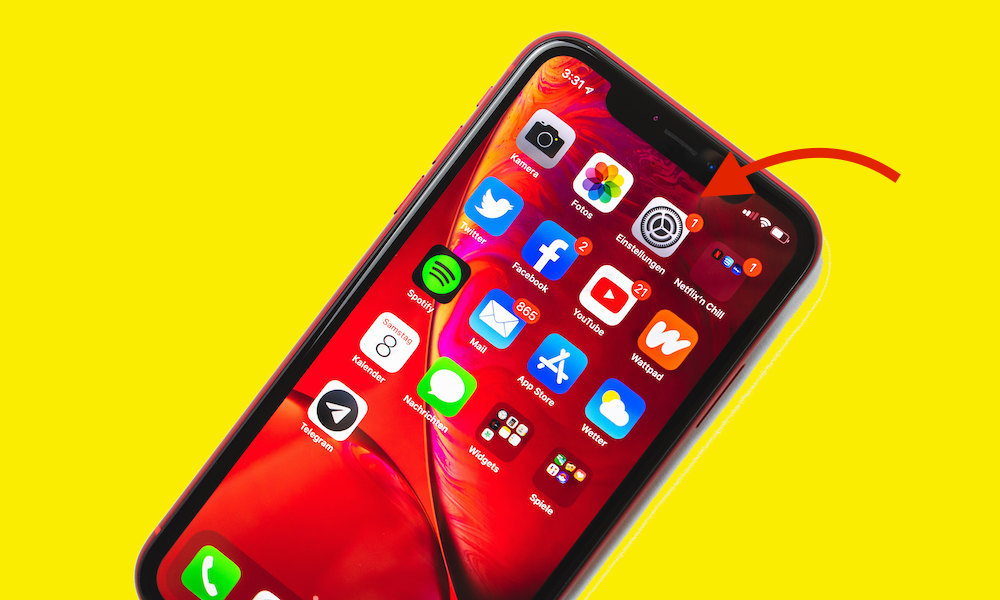 Sara Kurfeß / Unsplash
Sara Kurfeß / Unsplash
You always hear about the major features Apple adds to iOS and iPadOS, but there are a ton of hidden features you don't use (but should). Here is a list of our favorite hidden features in iOS that'll increase your productivity, maximize your fun, and more. Continue reading to browse 10 More Hidden iPhone Features and Tricks You're Not Using.
Take Screenshots of Entire Webpages in Safari
Sometimes you want to capture an entire webpage instead of the tiny portion you see on your iPhone's screen. In the past, you likely captured the page in chunks and waded through multiple screenshots. Thankfully, that tedious process is a thing of the past. You now can quickly grab a snapshot of the entire page with a single press.
- Start by opening the webpage in Safari on your iPhone or iPad and wait for it to load.
- Take a screenshot using the Lock button and volume up button for iPhones with Face ID. You also can use the Lock button and the Home button for phones with Touch ID.
- Tap on the screenshot thumbnail that appears in the lower corner to open it in fullscreen mode.
- You then will see two tabs – one named "Screen" and another labeled "Full Page." Select the full page option, and iOS will grab the entire web page and not just the tiny section you see on the screen.
Get a Private Wi-Fi Address
When you connect to a Wi-Fi network with your iPhone, your mobile device must share its unique Media Access Control (MAC) address with the network. This number identifies your phone on the network and is logged by every network to which you connect. Every network stores this information, potentially allowing network operators and those scanning network traffic to track you as you move from Wi-Fi network to Wi-Fi network.
To protect your privacy, Apple introduced a feature called Private Wi-Fi address. This option helps conceal your identity by assigning your iPhone or iPad a different MAC address for each network that you connect to. So the MAC address your phone gives to the Starbucks network is different from the one you use at the local library.
- You can turn on this Private address feature by going to the Settings app and selecting Wi-Fi.
- Then select the "i" button next to your Wi-Fi network and ensure the toggle for Private Address is turned on (green).
- Repeat this process for every public Wi-Fi network that you use.
Tap to Undo with Three Fingers
Most everyone knows about the Shake to Undo feature when you make a mistake in a text field. As convenient as it is, you can't always shake your phone. In a business meeting, it would look odd if you started shaking your phone without explanation. Thankfully, you can access the Undo and Redo toolbar in a more discrete manner!
All you need to do is tap your iPhone or iPad screen with three fingers. This three-finger tap works with almost all text fields in iOS. You can use it in notes, emails, messages, and more.
Measure the Distance Between Two Points
Need to measure your wall and don't have a measuring tape? No worries, just pull out your iPhone and fire up the Measure app. Starting in iOS 12, the Measure app uses the iPhone's camera and some fancy algorithms to calculate the distance between two points. I wouldn't use it for precision engineering, but it is perfect for situations when you need a rough estimate.
Report Accidents and Speed Traps in Apple Maps
People love Waze because its crowdsourced data can alert you about upcoming traffic snarls and speed traps. Did you know this feature made its way into Apple Maps as well?
Apple Maps in iOS 14 will display both traffic hazards and accidents when viewing the map. When you are navigating, it'll even alert you to an upcoming speed trap!
Not only can you view this traffic information, but you also can add your own observations.
- When you spot an accident or speed trap, activate Siri and say, "There's a speed check here," or "Report an accident."
- You can even say, "There's something in the road," and Siri will ask you what type of incident (accident, hazard, or speed check) you want to report.
Take a Mirrored Selfie
Mirrored selfies let you take a mirror image of yourself without having to use a mirror. Many social media apps already support this feature, but you don't have to use those just to get that effect. The iOS camera now supports mirrored selfies, too. You just have to know how to turn it on.
- Open up the Settings app and find the settings for the Camera.
- Select the toggle for "Mirror Front Camera" to turn this option on.
- Next time you take a selfie, it will be mirrored. Easy peasy.
Add Captions to Photos
Captions allow you to label a photo with a string of text that is saved with the photo and synced across devices. This text doesn't appear on the image, but it is used behind the scenes for searches. It also adds context to the photo.
Did you take a picture of your friend's dog while on vacation at the beach? You can add a caption with the dog's name and the beach location. You can then search for this information to find the photo. It also can help you remember details about the photo you may forget five years from now.
You've been able to add captions to photos on macOS for a while, but not everybody wants to fire up their Mac.
- Starting with iOS 14, you can easily add captions by opening the photo in the Photos app on your iPad or iPhone.
- Then swipe up on the photo to expose a hidden menu.
- Right underneath the image is a text field where you can enter a caption. You can enter any text string you want, but it helps to choose text that adds context to the photo, such as who is in the picture and where you took the photo.
Get a Flash for Notifications
Audible alerts are great, but you have to be able to hear them. Depending on your job or lifestyle, that's not always the case. You may work in a noisy environment or frequently find yourself in a meeting or classroom that requires you to silence your phone. Instead of listening for your alerts, you can configure your iPhone to visualize notifications thanks to this accessibility feature in iOS.
- Go to the Settings app and find the option for Accessibility.
- Select the Audio/Visual setting and turn on the toggle for "LED Flash for Alerts."
- Once enabled, each notification will trigger your camera to flash in response to a notification.
This flashing type of alert is advantageous when you are in a darkened room or outside at night.
Find Out If You Are Being Tracked
Ever wonder how many websites are tracking your activity as you browse the internet? You can find out that information and more thanks to the Privacy Report in Safari for iOS.
- Start by opening Apple's Safari browser on your iPhone or iPad and load up a web page.
- Tap on the "Aa" button in the upper left corner, and you'll see the Privacy Report in the drop-down menu options. At a glance, you can see how many trackers iOS has prevented.
- You then can select the privacy report to pull up a 30-day log of all the trackers Safari has blocked on your behalf.
Stop Apps from Cluttering Your Home Screens
iOS 14 added the App Library, allowing you to see all the apps installed on your iPhone or iPad in one place. You may like the App Library so much that you no longer want to use the traditional Home Screens. Well, we have some good news for you. You don't have to use your Home Screens anymore. You can block apps from downloading to the Home Screen by opening the Settings app and finding the Home Screen option. Tap on Home Screen and select "App Library Only" under the option for newly downloaded apps. Going forward all your new apps will only appear in the App Library. You can even choose to show notification badges in the App Library to avoid missing any important alerts.

